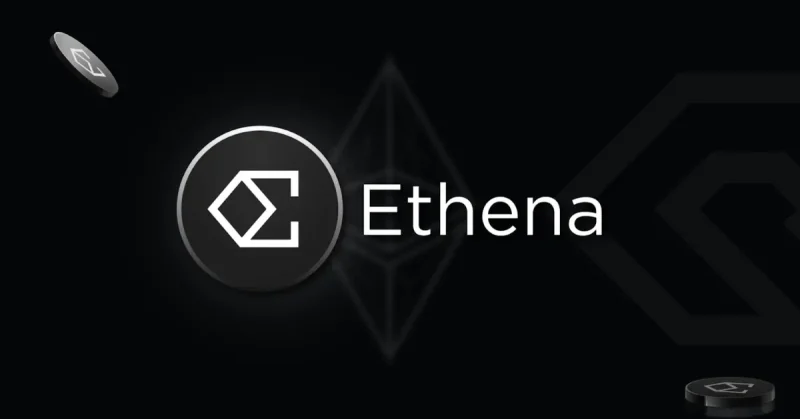Ethena’s founder, Guy Young, has rejected claims that the protocol’s stablecoin, USDe, has de-pegged from the U.S. dollar. He explained that the recent price slippage was isolated to Binance and not reflective of a systemic issue. According to Young, what appeared as a deviation was a “Binance-specific mispricing,” not a failure of USDe’s design or its peg stability.
Binance Listing Sparks Market Attention
After USDe’s listing on Binance, its market activity spiked, pushing circulation above $13 billion. Some traders noticed small price gaps between Binance and other markets, but Young attributed these to the exchange’s order book rather than a breakdown in USDe’s structure.
USDe is supported by a delta-neutral strategy. This means when collateral such as ETH, stETH, or stablecoins is used, Ethena opens offsetting short derivative positions to hedge against volatility. Young emphasized that this transparent model distinguishes USDe from earlier algorithmic stablecoins that collapsed due to unsustainable yields.
However, concerns remain. Analytics firm CryptoQuant noted that Ethena’s reserve fund—currently in the tens of millions—might not be sufficient if the stablecoin’s market cap continues to rise. In periods of extreme negative funding rates, maintaining the peg could become more difficult.
Regulatory Challenges and Relocation
Ethena has also faced regulatory friction. Germany’s BaFin recently ordered its subsidiary, Ethena GmbH, to freeze reserves and halt operations involving USDe due to compliance issues under MiCAR rules. In response, the company shut down its German operations and moved to the British Virgin Islands to continue business under a different jurisdiction.
These developments highlight the growing complexity of operating decentralized finance (DeFi) projects under evolving global regulations.
Market Outlook and Stability Questions
Young’s defense underscores the fine line between technical stability and market perception. If the issue truly stems from Binance-specific trading activity, it could ease concerns about USDe’s structure. Nevertheless, questions about reserve adequacy, exposure to derivatives funding pressures, and ongoing regulatory scrutiny will continue to shape confidence in synthetic stablecoin models.
Going forward, analysts and traders will watch for:
- Price consistency across multiple exchanges
- On-chain mint and redemption data
- Growth in Ethena’s reserve capacity
These factors will help determine whether USDe’s peg remains durable—or if fears of a broader depeg gain traction.
